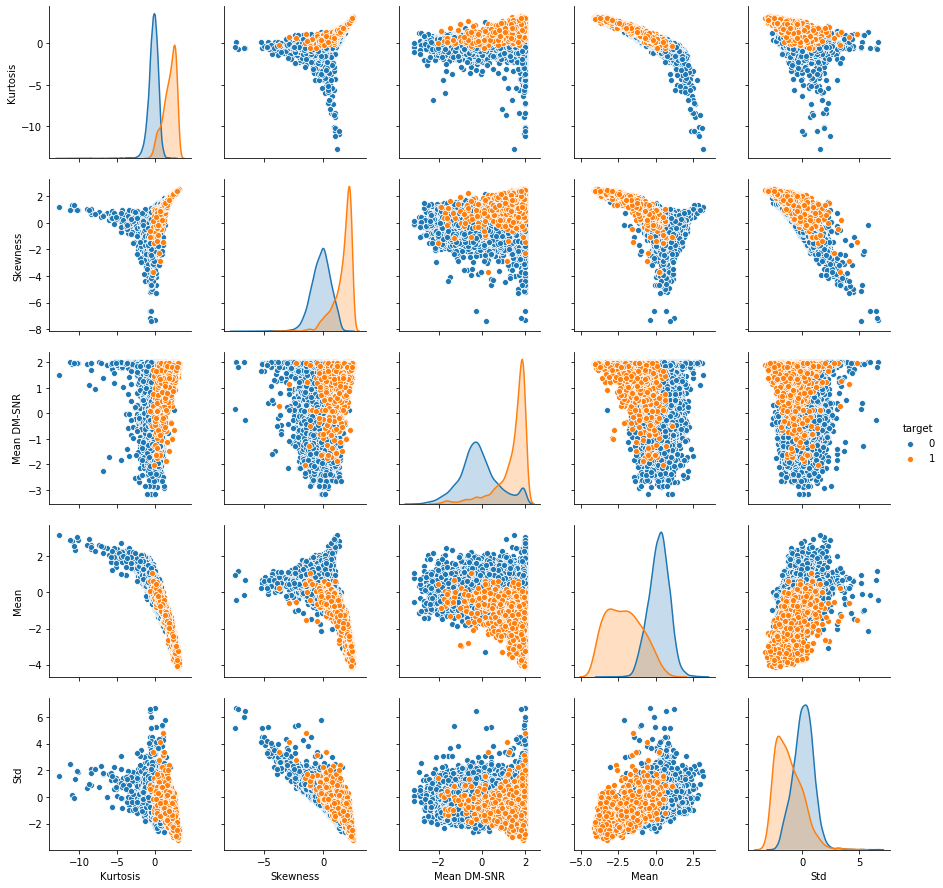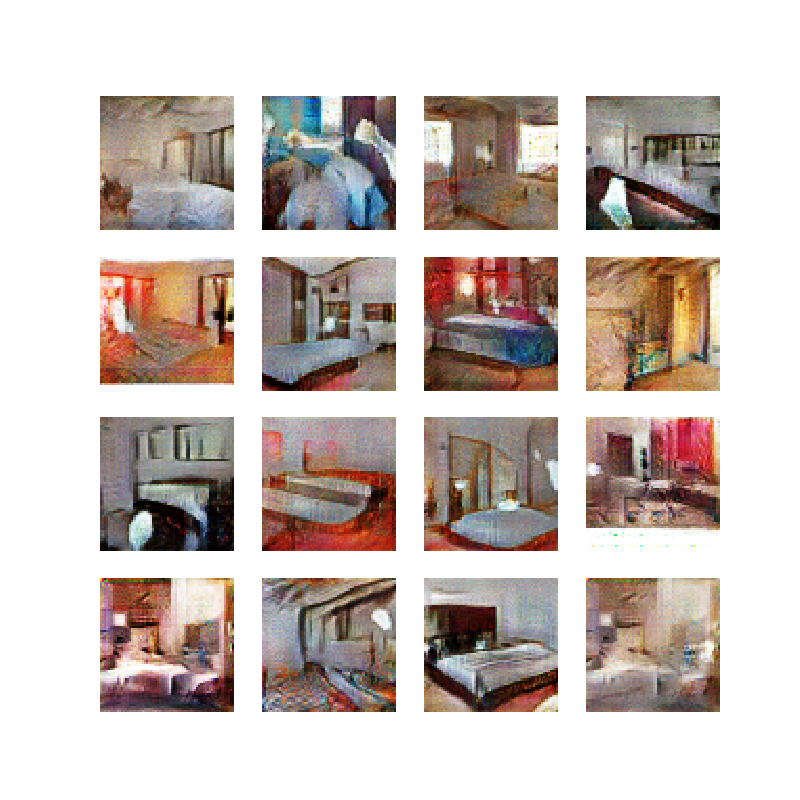Page Not Found
Page not found. Your pixels are in another canvas.
A list of all the posts and pages found on the site. For you robots out there is an XML version available for digesting as well.
Page not found. Your pixels are in another canvas.
About me
This is a page not in th emain menu
Published:
This post will show up by default. To disable scheduling of future posts, edit config.yml and set future: false.
Published:
This is a sample blog post. Lorem ipsum I can’t remember the rest of lorem ipsum and don’t have an internet connection right now. Testing testing testing this blog post. Blog posts are cool.
Published:
This is a sample blog post. Lorem ipsum I can’t remember the rest of lorem ipsum and don’t have an internet connection right now. Testing testing testing this blog post. Blog posts are cool.
Published:
This is a sample blog post. Lorem ipsum I can’t remember the rest of lorem ipsum and don’t have an internet connection right now. Testing testing testing this blog post. Blog posts are cool.
Published:
This is a sample blog post. Lorem ipsum I can’t remember the rest of lorem ipsum and don’t have an internet connection right now. Testing testing testing this blog post. Blog posts are cool.
PiScope is an app written in Python to replace jScope for viewing data at WiPPL.
Detecting pulsars using logistic regression.
I try to train a GAN on the LSUN bedroom dataset.
Published in Journal of Plasma Physics, 2018
The depletion of neutral helium atoms has been studied in an unmagnetised spherical plasma created by DC discharge in a multidipole confinement field. Knowing the neutral density profile is critical to predicting the equilibrium flow of such plasmas. A model of the emissivity due to electron-impact excitation of neutral atoms in the plasma has been derived and used to fit radiance measurements of several neutral transitions to extract the radial profile of neutral density for plasmas of varying temperature and density. We report a depletion of the core neutral density varying between negligible levels to 80 % of the edge neutral density depending on the input power and fuelling. The corresponding ionisation fraction varies between 30–80 % in the plasma core. A simple neutral diffusion model is sufficient to describe the shape of neutral density profile implied by the radiance measurements. We have used the measurements to include a drag force due to neutral charge-exchange collisions in simulations of driven plasma flow. The simulation predicts a better fit to Mach probe flow measurements when this neutral drag is accounted for. This work shows that accounting for a realistic neutral profile is important to predict the plasma flow geometry and its magnetohydrodynamics (MHD) stability.
Recommended citation: Désangles, V., Milhone, J., Cooper, C., Weisberg, D. B., Nornberg, M. D., & Forest, C. B. (2018). High ionisation fraction plasmas in a low temperature, multidipole cusp plasma. Journal of Plasma Physics, 84(3), 905840312. https://doi.org/10.1017/S0022377818000533
Published in Review of Scientific Instruments, 2019
We have developed a low-cost spectrometer with simple optical design that achieves unprecedented precision measurements of ion temperature (±0.01 eV) and velocity (±20 m/s). A Fabry-Pérot étalon provides the simultaneous high resolving power and high throughput needed for the light levels available in singly ionized helium and argon plasmas. Reducing the systematic uncertainty in the absolute wavelength calibration needed for the specified velocity precision motivates a Bayesian analysis method called Nested Sampling to address the nontrivial uncertainty in the diffraction order. An initial emission measurement of a singly charged stationary argon plasma yields a temperature of 0.339 ± 0.007 eV and a velocity of −3 ± 4 m/s with a systematic uncertainty of 20 m/s.
Recommended citation: Milhone, J., Flanagan, K., Nornberg, M. D., Tabbutt, M., & Forest, C. B. (2019). A spectrometer for high-precision ion temperature and velocity measurements in low-temperature plasmas. Review of Scientific Instruments, 90(6), 063502. https://doi.org/10.1063/1.5092966
Published in Nature Physics, 2019
Many rotating stars have magnetic fields that interact with the winds they produce. The Sun is no exception. The interaction between the Sun’s magnetic field and the solar wind gives rise to the heliospheric magnetic field—a spiralling magnetic structure, known as the Parker spiral, which pervades the Solar System. This magnetic field is critical for governing plasma processes that source the solar wind. Here, we report the creation of a laboratory model of the Parker spiral system based on a rapidly rotating plasma magnetosphere and the measurement of its global structure and dynamic behaviour. This laboratory system exhibits regions where the plasma flows evolve in a similar manner to many magnetized stellar winds. We observe the advection of the magnetic field into an Archimedean spiral and the ejection of quasi-periodic plasma blobs into the stellar outflow, which mimics the observed plasmoids that fuel the slow solar wind. This process involves magnetic reconnection and can be modelled numerically by the inclusion of two-fluid effects in the simulation. The Parker spiral system mimicked in the laboratory can be used for studying solar wind dynamics in a complementary fashion to conventional space missions such as NASA’s Parker Solar Probe mission.
Recommended citation: Peterson, E. E., Endrizzi, D. A., Beidler, M., Bunkers, K. J., Clark, M., Egedal, J., … Forest, C. B. (2019). A laboratory model for the Parker spiral and magnetized stellar winds. Nature Physics. https://doi.org/10.1038/s41567-019-0592-7
Published:
This is a description of your talk, which is a markdown files that can be all markdown-ified like any other post. Yay markdown!
Published:
This is a description of your conference proceedings talk, note the different field in type. You can put anything in this field.
Undergraduate course, University 1, Department, 2014
This is a description of a teaching experience. You can use markdown like any other post.
Workshop, University 1, Department, 2015
This is a description of a teaching experience. You can use markdown like any other post.